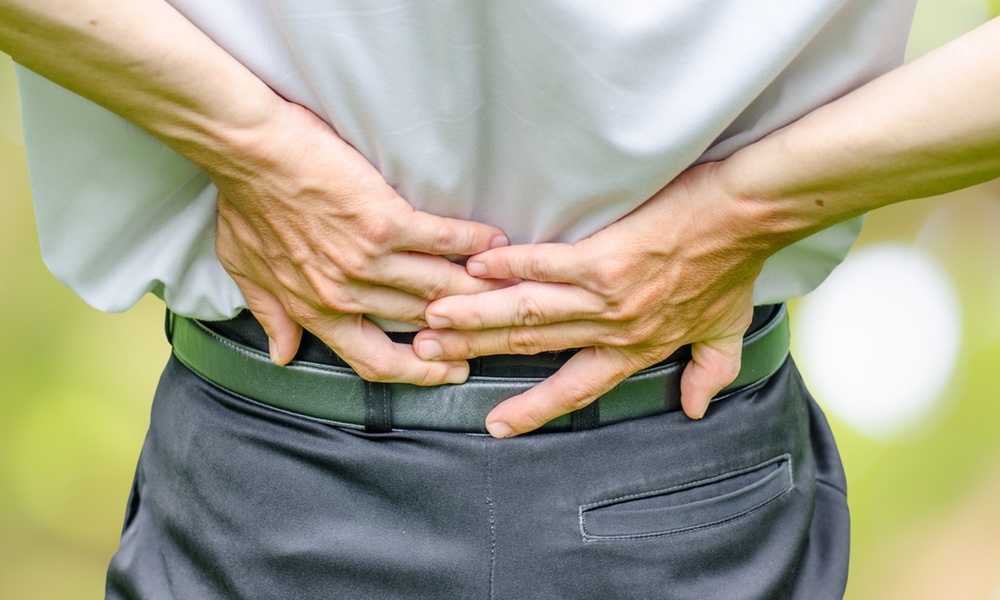In a study of 79 patients with diabetes and peripheral neuropathy, the lack of sensation or excruciating pain that is the result of damage to the body's nervous system, researchers from the University of Missouri found that foot ulcers did not occur more often in those subjects who took part in an exercise program than those in a control group who did not. The results were published in the November issue of Physical Therapy.
The American Diabetes Association recommends at least 30 minutes of moderately intense physical activity daily, which is based on evidence that regular exercise helps control glucose levels and improves cardiovascular mortality in patients with diabetes. However, patients with diabetic peripheral neuropathy, or lack of sensation in the hands and feet, have a higher risk of developing foot ulcers than diabetic patients without neuropathy. As a result, the current ADA guidelines make an exception for these patients, recommending that they limit their weight-bearing activity to avoid subjecting the feet to the type of microtrauma that can cause ulcers.The American Diabetes Association recommends at least 30 minutes of moderately intense physical activity daily ...
In the Missouri study, 41 patients were part of a yearlong exercise intervention called "Feet First." For the first three months, they performed strengthening and balance exercises under the supervision of a physical therapist and study nurse, who also helped each patient develop a walking program. During the last nine months, subjects continued their walking regimen on their own, but received follow-up telephone calls from a project nurse every other week.
Physical activity was measured using accelerometers, which all study subjects wore on their ankles. Patients in both study groups also received instruction on foot self-care and were referred for therapeutic footwear.
In the intervention group, the number of steps taken per day did not change significantly from baseline over the course of the yearlong study period; however, the number of total daily steps in the control group had significantly decreased from baseline at 12 months, suggesting that the intervention did have a positive effect. In addition, the number of steps taken in 30-minute bouts had increased significantly at six months in the exercise group, while decreasing slightly in the control group.
The overall incidence of foot ulceration was 17%, which was similar to what researchers had expected given that nearly half the study subjects had a prior history of foot ulcer. Notably, overall foot ulcer rates did not differ significantly between groups at three, six or 12 months, nor did rates of ulceration specifically on the weight-bearing surfaces of the foot.
Though more research needs to be done, the results of this study suggest that the benefits of remaining active may outweight the risks of foot ulceration as long as careful monitoring of the feet occurs. If the results are replicated in subsequent studies, exercise guidelines for patients with peripheral neuropathy may need to be reviewed.




